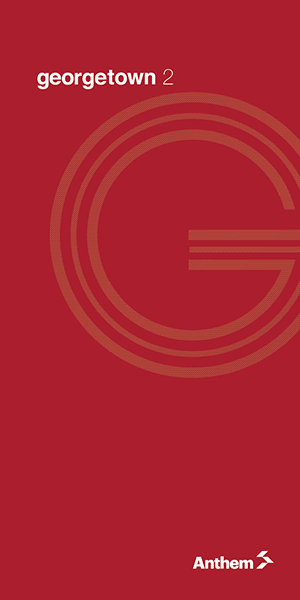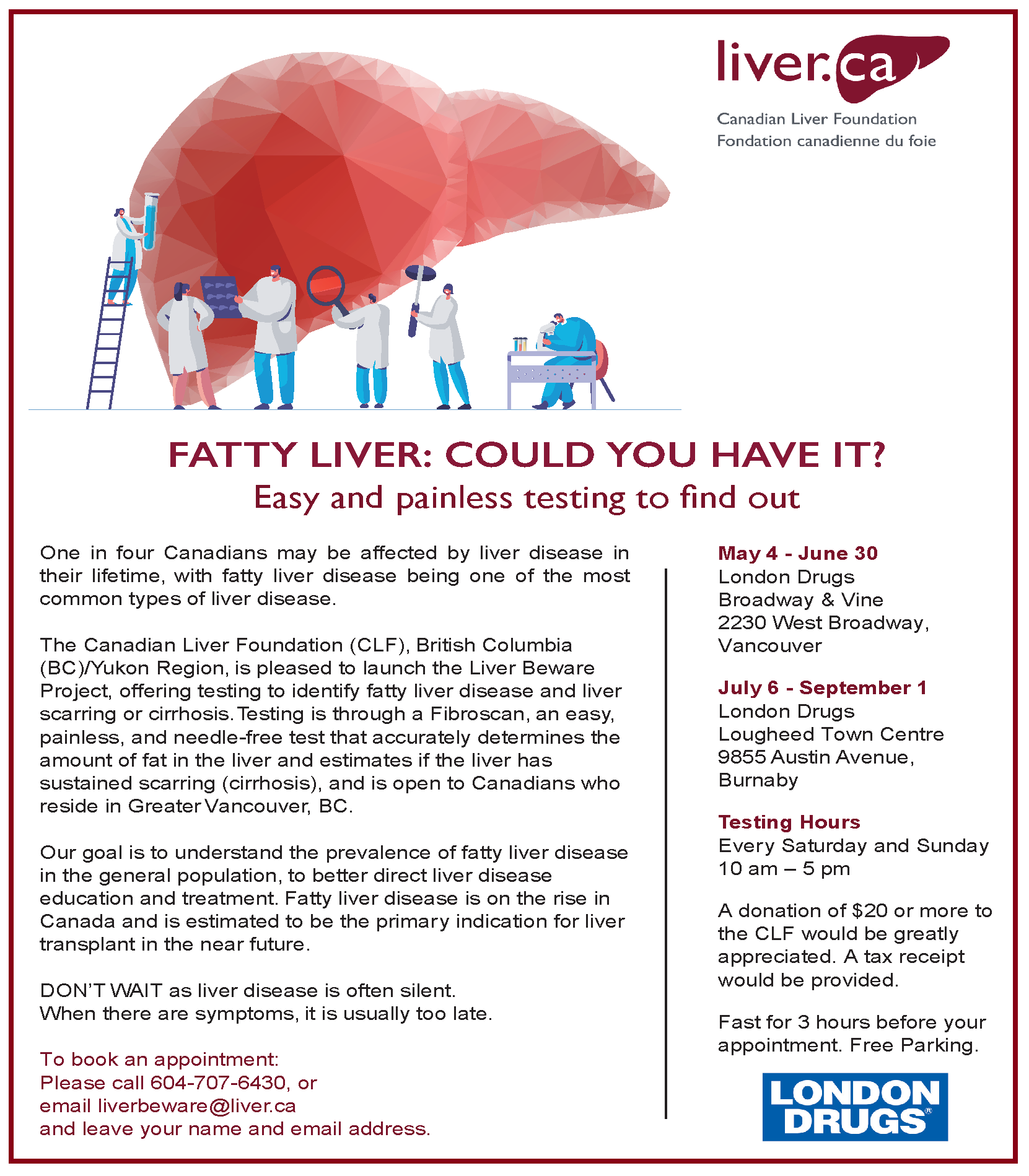REFUGEES are much more likely to become citizens than family class and other immigrants, according to a February 2014 internal report in the Citizenship and Immigration Department.
Lexbase, Canada’s foremost immigration publication and the largest information network for Canadian immigration practitioners, said the report noted: “Citizenship take-up rates differ depending on the admission class (family, economic or refugee) at time of landing. Refugees who arrived between 1991 and 1995 (6 to 10 years in Canada in 2001) recorded a citizenship take-up rate of 85%; those who landed in 1996 or 1997 had a take-up rate of 59% by 2001.
“In contrast, family class immigrants – who tend to be older at the time of landing than other immigrants recorded the lowest citizenship take-up rates: 60% among those who have lived in Canada for 6 to 10 years and 30% among the newly eligible.”
The report noted: “The differences in take-up rates by admission class can be explained in large part by the source countries, the circumstances leading to immigration, and age at admission. For instance, the vast majority of refugees come from developing countries, and are most likely to become naturalized Canadians.
“As well, immigrants who enter as refugees are likely to leave their source country under adverse conditions and hence are more likely to migrate on a permanent basis. Becoming Canadian could be seen as the final step of their migration.”













Comments are closed.